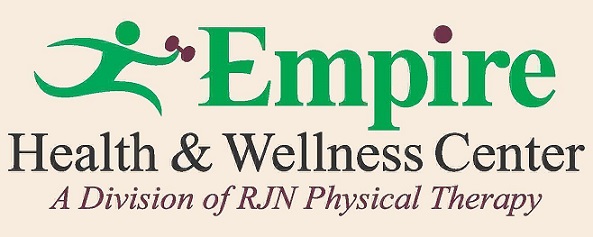
A common question with many clients in our office is whether to use ice or heat when recovering from an injury. To answer this question it is important to realize that there are two main types of injuries or pain:
• Acute, which is characterized inflammation and rapidly progressing shortly after an injury
• Chronic, which tends to progress slower and may last for a long period of time.
Also it is important to understand the physiological effects of heat and cold. Heat will dilate blood vessels bringing blood and nutrients to the area of injury. This normally relaxes the muscles in the area; however may spark inflammation. This is more commonly used with chronic injuries as inflammation is less of an issue. Cold constricts the blood vessels not letting blood get to the area. This acts as a better anti-inflammatory and pain reliever which is more commonly used for acute injuries.
These are a few guidelines to help your choice of ice vs. heat in your recovery from a musculoskeletal injury and as always if the injury or pain does not shortly dissipate, it is important to consult a medical professional.
For more reliable health information, or to schedule a consultation for physical therapy, feel free to contact us at 518-690-4406 or visit our website at www.empirehwc.com or email us at ehwc7@nycap.rr.com.
William Milhizer, PT, DPT











